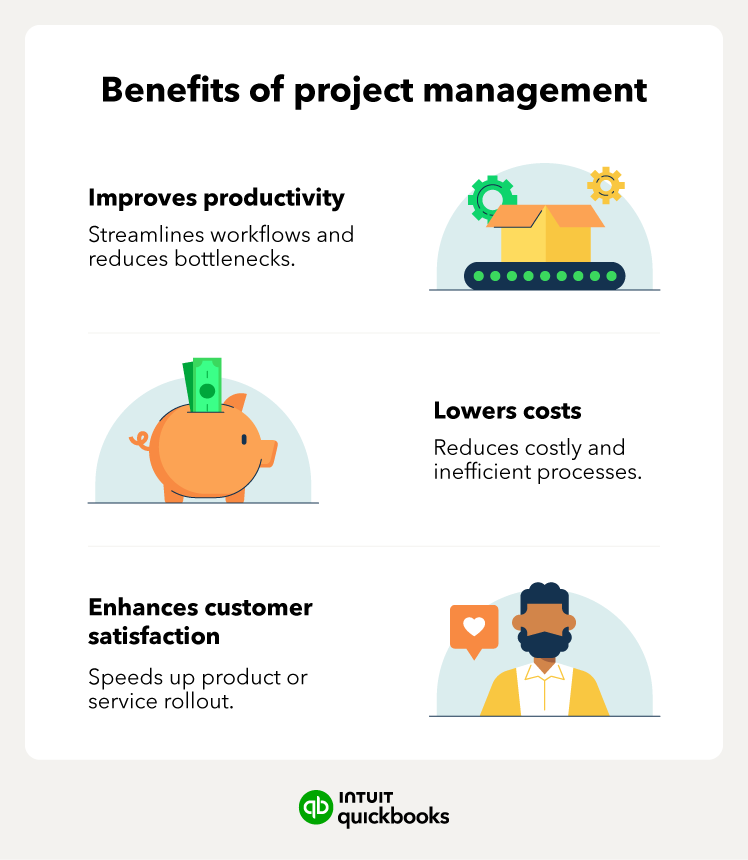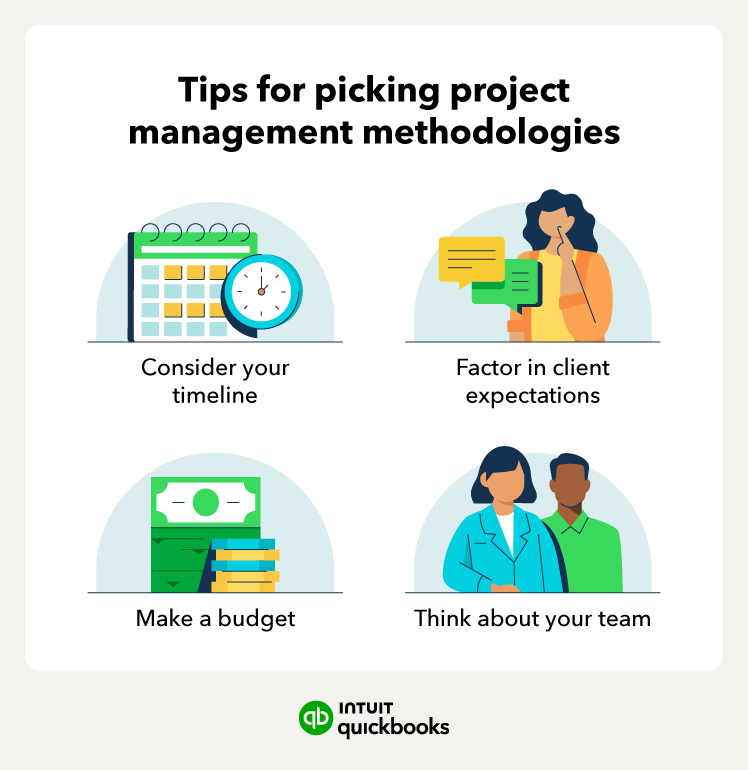Project management is useful for every business owner. Whether you’re a new business or running multiple projects, it can be overwhelming. You can benefit from project management if you want to keep your product, service, or client projects on time.
Project management apps and methods make planning timelines and organizing staff easier. However, there are many project management methodologies to choose from, which can make picking the best project management type for you time-consuming.
Let’s look at the top 10 project management types and how to choose the best one for you:
Project management is useful for every business, big and small. It allows teams across various industries to work with defined objectives, saving your business time and money while improving the customer experience.














